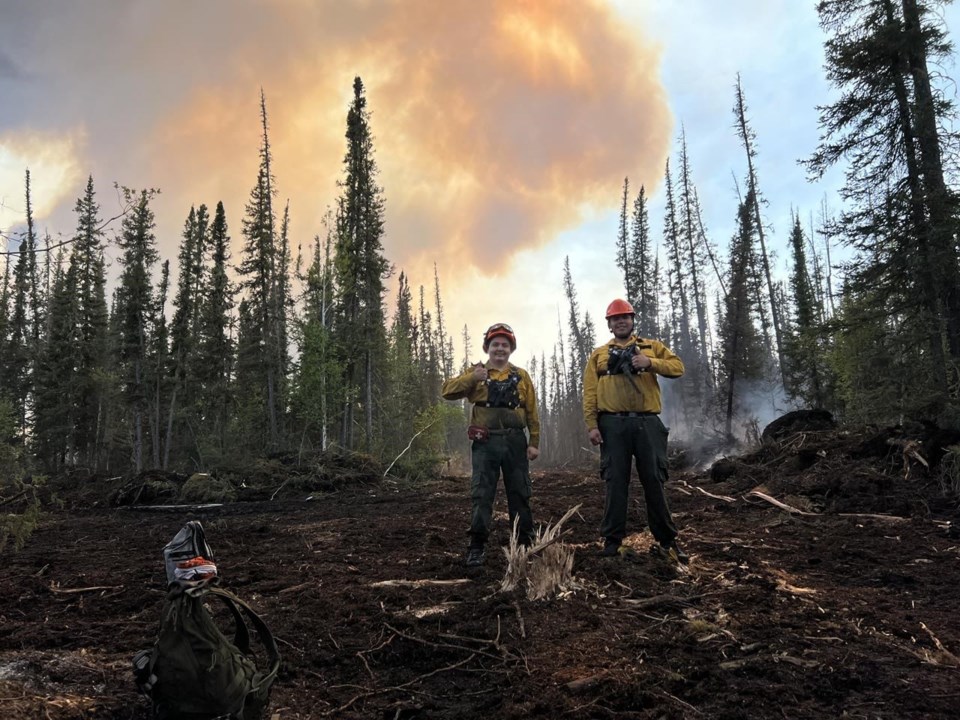HAY RIVER, N.W.T. — Officials in the Northwest Territories say more than half of the wildfires in the territory this year were started by people.
A total of 15 wildfires have burned 161 square kilometres across the territory so far this season, eight of which are suspected to have been caused by humans.
Wildlife information officer Mike Westwick said usually between eight and 20 per cent of wildfires in the territory are human-caused each season.
Nine fires are actively burning in the N.W.T., including an out-of-control wildfire about 32 square kilometres in size on the K'atl'odeeche First Nation that is believed to have been human-caused.
About 3,500 people from the reserve and nearby town of Hay River remain displaced after evacuation orders were issued May 14.
The First Nation said 18 buildings have been damaged on the reserve while no damage has been reported in Hay River.
"This kind of incident can happen to any of us in our communities, which are susceptible to fire below the tree line," Westwick said. "We're seeing first-hand the consequences of fire caused by human activity."
The territory said over the past week, nearly 14 kilometres of control lines have been built through the forest to help prevent the fire from spreading to the southeast.
A local state of emergency remains in place in Hay River.
Hay River Mayor Kandis Jameson said during an update Tuesday afternoon they are relying on advice from wildfire experts to determine when it will be safe for residents to return.
"We know that everyone wants to come home. We know that this has been extremely stressful on so many levels and we are doing everything we can to get you back home as soon as it is safe," she said. "We had a safe evacuation and we are not going to risk bringing people back too soon."
Residents from both K'atl'odeeche First Nation and Hay River were previously forced to leave their homes last May due to historic flooding in the area. In October, the Northwest Territories government said it estimated the flooding caused more than $174 million in damage to homes, businesses and infrastructure in the communities.
Jameson on Tuesday thanked residents in neighbouring communities and Yellowknife for again opening their doors and offering supports to evacuees.
"We are blessed to live in a territory where community has expanded meaning, where the entire territory supports each other and does whatever necessary when tragedy happens," she said.
Other fires currently burning across the N.W.T. include a lightning-caused fire more than 30 square kilometres in size located approximately 100 kilometres west of Kakisa. The territory said the community isn't currently at risk.
A lightning-caused fire nearly 57 square kilometres in size is also burning approximately 50 kilometres south of Sambaa K'e. Crews have been pulled off due to fire intensity and risk, but the wildfire is continuing to be monitored.
The fire danger forecast is high in many communities across the territory.
"There's a whole lot of season ahead of us, and we expect that these hot, dry conditions that we're seeing are not going away any time soon and that we're gonna have a tough season. So we really need everyone's help," Westwick said.
This report by The Canadian Press was first published May 23, 2023.
This story was produced with the financial assistance of the Meta and Canadian Press News Fellowship.
The Canadian Press




